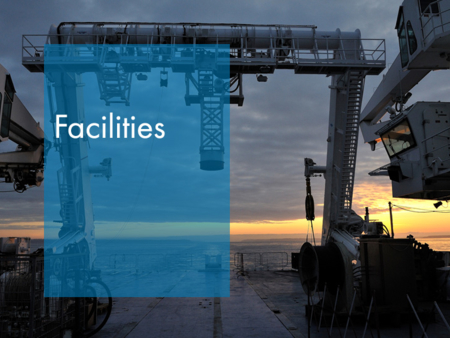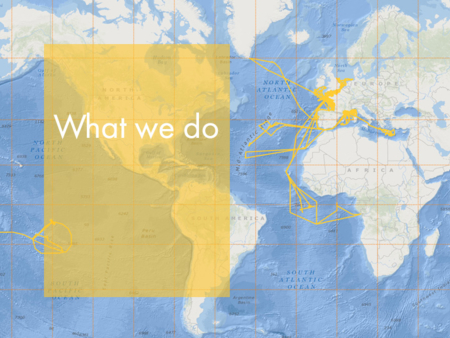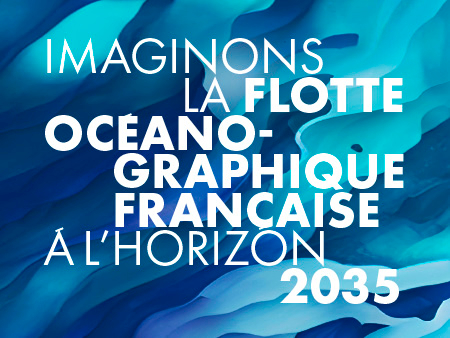Using Virtual Reality to Send Scientists into the Depths
The objective is to leverage new technologies in order to overcome the limitations of video camera vision for underwater operations compared to direct vision. Currently, submersible piloting and scientific exploration rely on video images captured by several video cameras fitted to the forward face of the bearing device in order to interpret the work environment, identify objects and manage movement. This method quickly exposes its limits in terms of performance and effectiveness when undertaking tasks: the human operator must supervise the operation from several 2D viewpoints in order to deduce a suitable 3D approach to the site, for the purposes of depositing or grasping objects (tools, samples, etc.) and analysing a target (position, size, etc.).
The issue is to replace this traditional approach with an approach that leverages augmented vision to once again send humans into the deep – but this time virtually.
New remote-operation techniques will gradually enable the operator to move, observe and act in the marine environment as well as he or she would in a terrestrial habitat. The transition of piloting techniques, to move beyond 2D displays and the intervention of expert operators at the core of the scientist-machine-site interaction, will occur progressively towards an environment based on augmented reality wherein a scientist will interact directly with a modelled environment. The technical machine will stay in the background and provide the scientist with the means to feel, perceive and act within an extended site. The operator’s role will be one of operation supervisor to monitor safety and advise the scientist on practical and operational aspects. These new techniques will enrich the diving experience.




